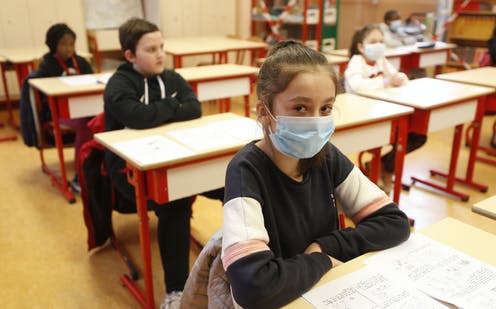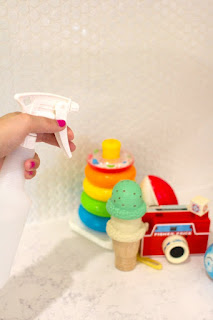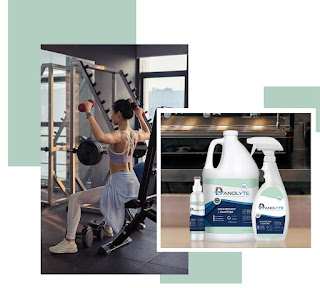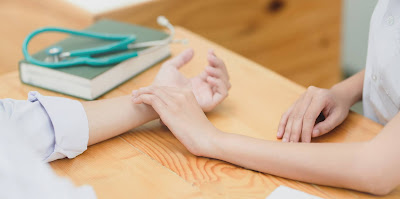Get Now Best Disinfectants For Schools Sanitizer
 A considerable amount of sanitizing and disinfectants for school are used, which are sometimes used as a general-purpose cleaner. Sanitizers are customary to reduce, but not unavoidably abolish, microorganisms from the inorganic environment to levels examined safe as concluded by public health codes or regulations.
A considerable amount of sanitizing and disinfectants for school are used, which are sometimes used as a general-purpose cleaner. Sanitizers are customary to reduce, but not unavoidably abolish, microorganisms from the inorganic environment to levels examined safe as concluded by public health codes or regulations. so as for a product to be registered as a sanitizer for inanimate, non-food contact surfaces by the US EPA, it must demonstrate the power to cause a bacterial reduction of a minimum of 99.9% within 5 minutes.1 Non-food-contact sanitizer is often formulated to be effective against the categories of bacteria typically found in restrooms, while some also kill a limited number of viruses or other pathogens.
Disinfectants are usually stronger than sanitizers and are, consequently, ordinarily effective against a wider range of bacteria (including, in some cases, antibiotic-resistant strains like MRSA), viruses (such as flu virus), and/or fungi.
Disinfectants are usually used on hard inanimate surfaces and objects to destroy or irreversibly inactivate infectious viruses, bacteria, and fungi, but not significantly their spores. thanks to the growing concern about viruses like H1N1 and also the “flu” virus, there's increasing use of viral disinfectants rather than bacterial sanitizers.
Although all antimicrobial products have risks, there are some types that appear safer to human health and therefore the environment. These involve sanitizers and disinfectants for schools that are EPA- and CA DPR-registered that contain acid, peroxide, and thymol as active ingredients.
Like other categories of disinfectants for schools and sanitizers, each product should be examined for potential health and environmental hazards and efficacy (based on dwell time) and other usage instructions.
As both sanitizers and disinfectants for schools carry chemicals that are intended to kill organisms, it's important that they be chosen correctly and used properly.
- Best Practices for Disinfection
- Clean first.
- Determine where and when disinfectants are needed.
- Follow instructions from the manufacturer about proper dilution, application, rinsing methods, and dwell time.
- Carefully Select Antimicrobial Products
- Avoid Disinfectants Containing ortho phenyl phenol
- Minimize Use of Chlorine Bleach (Sodium hypochlorite)
- Minimize Use of Quaternary Ammonium Compounds (“Quats”)
- Minimize Use of Pine Oil
- Consider Switching to Asthma-Safe Disinfectants and Sanitizers.
- Consider Cleaning Devices with Sanitizing and Disinfecting Claims
- Electrolyzed Water
- Steam Cleaning
Here are some Directions, but aren't limited to the following:
To ensure safety, always follow the merchandise label. This includes ensuring to follow the contact time, which is that the amount of your time the surface should be visibly wet.
Keep disinfectants for schools out of reach of youngsters. Children mustn't apply disinfectants. While disinfectants are important gear for controlling the spread of infection, they will harm children’s health if not used or stored correctly. the danger disinfectants pose to human health increases if the label isn't followed.
Use Only fogging, fumigation, and wide-area or electrostatic spraying to use EPA-registered products designed and labelled to be used during this way. Except for the pesticide product description specifically includes instructions for disinfection for these employment methods, it should not be efficient when used in these ways.
Avoid applying disinfectants to the skin, cloth face coverings, or food. don't blend disinfectants with other chemicals. Use disinfectants for schools only at the concentrations per the label directions.



Comments
Post a Comment